How Gabrielle Union's Stylist Went From Political Science to Paris Fashion Week
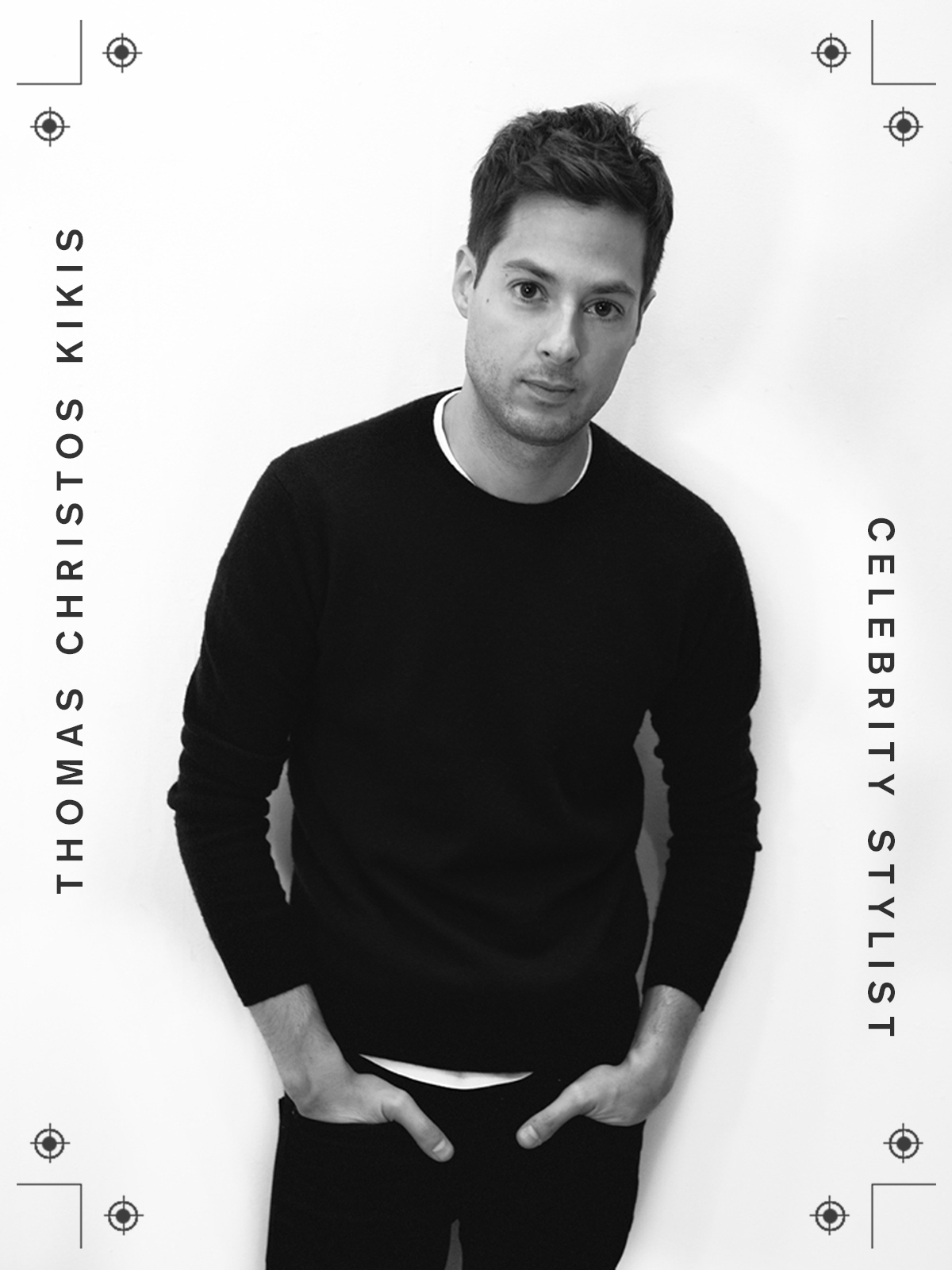
Welcome to our podcast, Who What Wear With Hillary Kerr. Think of it as your direct line to the designers, stylists, beauty experts, editors, and tastemakers who are shaping the fashion-and-beauty world. Subscribe to Who What Wear With Hillary Kerr on Apple Podcasts and Spotify.
Thomas Christos Kikis didn't have "stylist" on his career bingo card. Before Christos Kikis became a stylist for the likes of Gabrielle Union, Zaya Wade, and Amelie Zilber, he graduated from college with a degree in political science and writing. Despite the fact that Christos Kikis didn't attend fashion school, style has been a part of his life since his childhood. "My parents are both quite stylish, and we were immersed in it without them knowing they were doing that," he says.
After graduation, Christos Kikis had to put in the work to get a job in fashion, as his degree did not put him at the top of the résumé pile. Eventually, Christos Kikis was assisting editors and stylists at places like V Magazine and Vogue before he began styling some of the biggest names in Hollywood. For the latest episode of Who What Wear With Hillary Kerr, Christos Kikis shares how he went from political science to Paris Fashion Week, why everyone needs a great tailor, and so much more.
For excerpts of their conversation, scroll below.
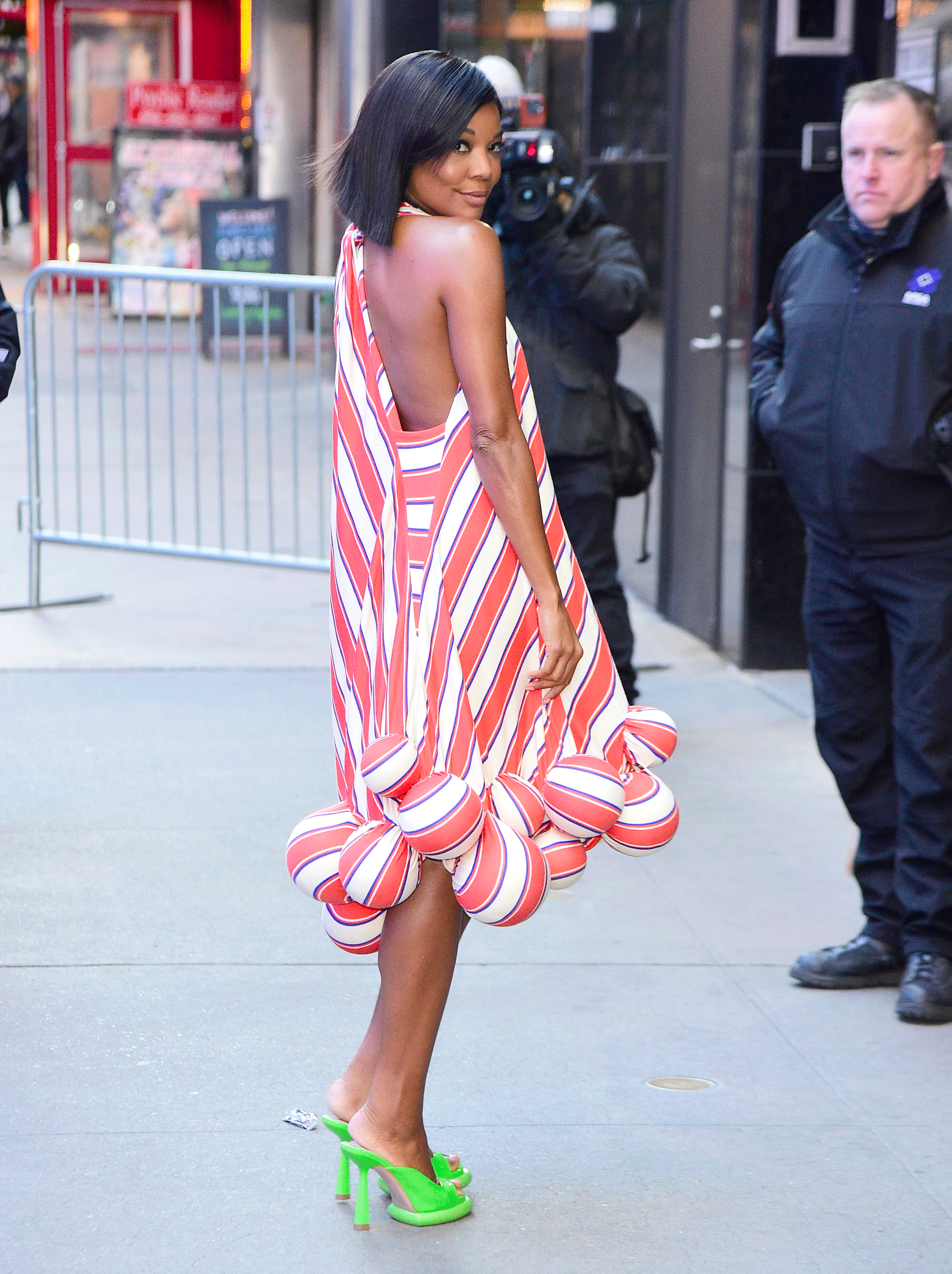
I'm hoping that we can go through some of your backstory and you could tell me a little bit about how you found your way into the industry.
It wasn't really by design. I went to school pre-med, and then I graduated poli-sci and writing, so I was taking a very different direction. Fashion has always been a part of my life. My parents are both quite stylish, and we were immersed in it without them knowing they were doing that. After college, I had to figure it out because my degree and all that did not lend itself to becoming a stylist or getting a job at a magazine. So really, I had to network, and I was going out a lot and meeting all these people that were editors or styling. I started to realize, "Oh, that's what I want to do." So I fell into it.
It wasn't without a lot of hard work and using a lot of the corporate stuff that I had learned—because I did do a lot of corporate work—and applying it to styling, which really helped. Knowing how to deal with clients, being hyper-organized, call times… There's a lot of money on the line and a lot of jobs and people that are depending on you.
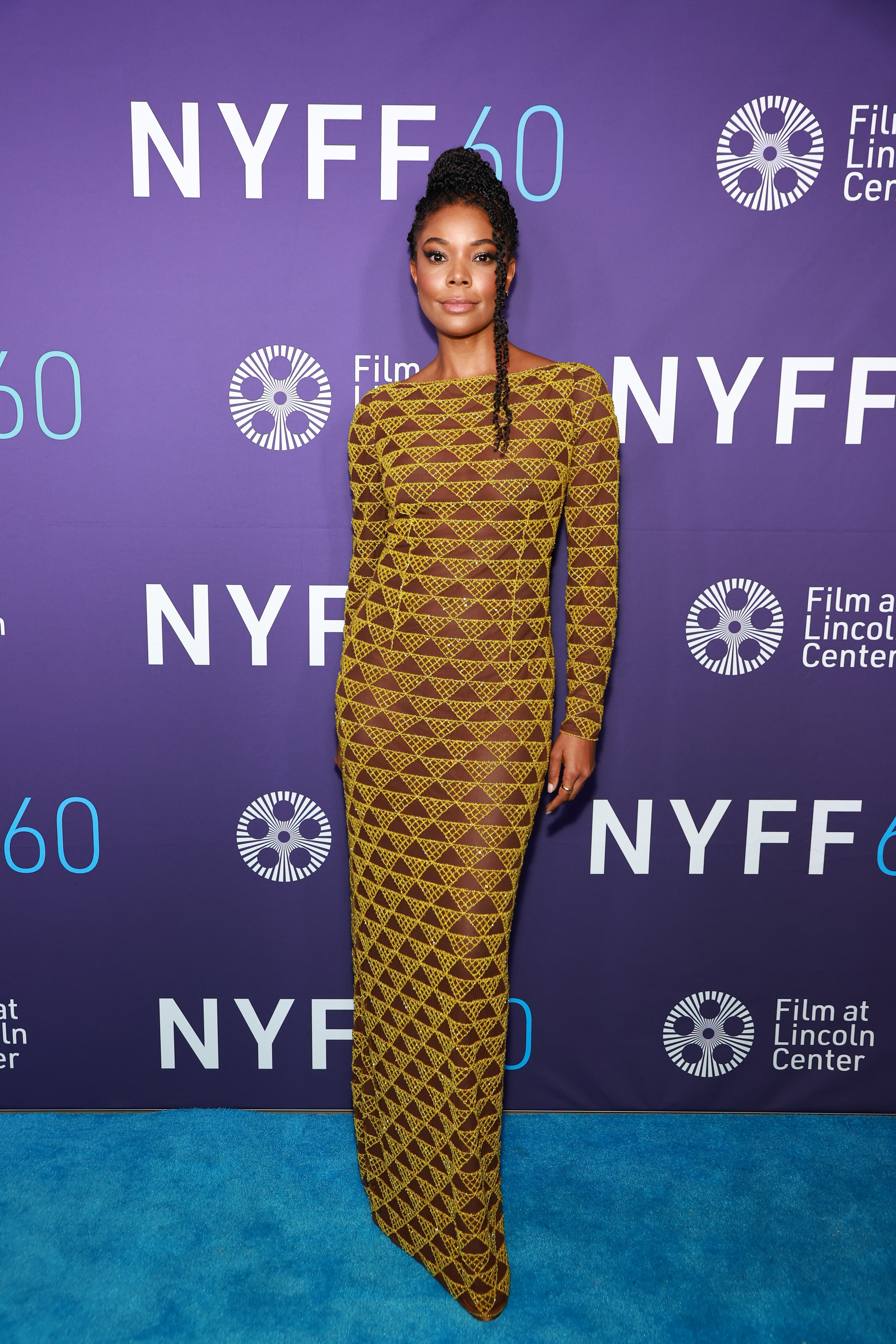
How do you think that an editorial shoot differs from working with a celebrity?
With an editorial shoot, it's very fast in the sense that you get the look and you send it right back. You need a lot of stuff, and you have to really hit a lot of marks. Advertisers [have] a story to tell. It's quite specific. My job ended when FedEx cuts off. In New York, it was nine o'clock, so I knew I was working until nine or 10 o'clock. Nowadays, assistants don't really feel that way. They're a little bit more empowered, and I love that for them, maybe.
You get the stuff, you shoot it, and you send it right back. It's a little bit more transactional. With a press tour for a celebrity, we have to really factor in the client, the story that we want to tell with this movie that they're promoting. We hang on to stuff for a really long time, so the designers know that.
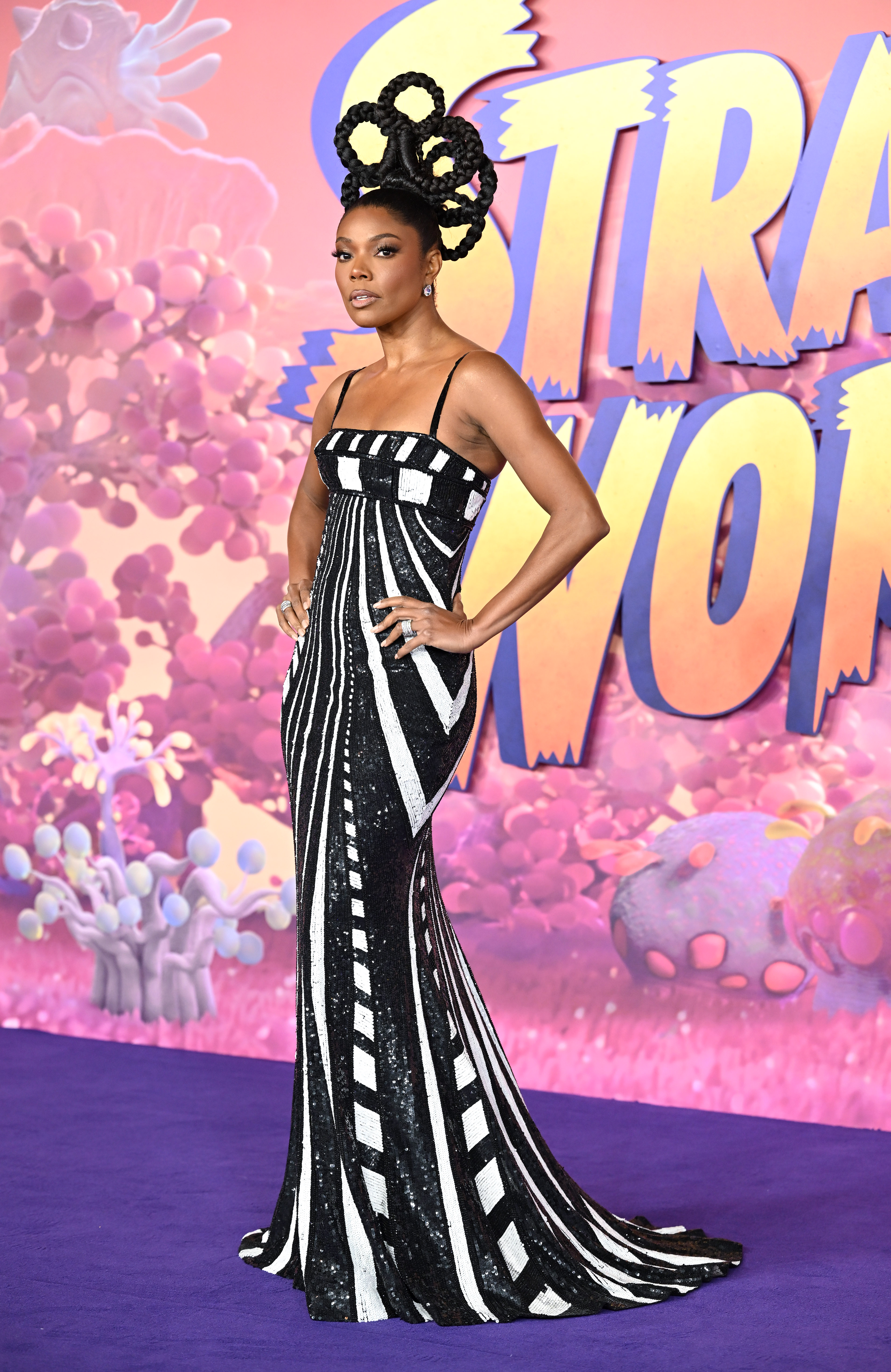
I'm a bit of a nerd for process, and I'm wondering if you can take me through your standard operating process.
It's different every time. I think somebody who's a little bit type A like myself… I really have learned to condition myself that my expectation is always for the client to be happy and for them to look good. It may not be how I imagined it, and that's okay.
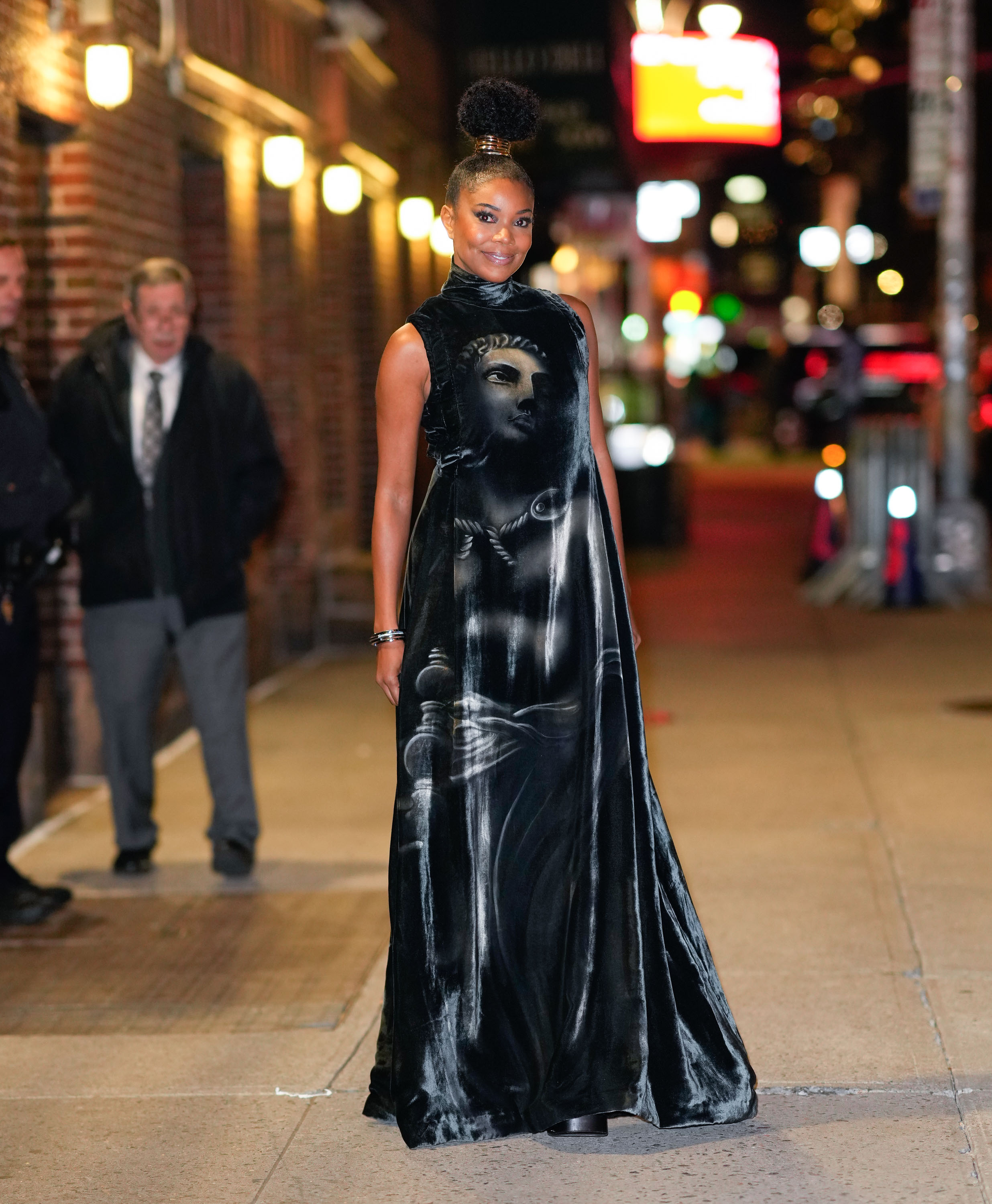
How do you think about a garment fitting properly? How do you ensure that it's doing what it's supposed to do?
I'm not the tallest person, and neither is my whole family. We're a bit shorter. From when I was in elementary school, I was getting things tailored. It taught me what looks good on my body and how to make it look good. Yes, tailoring T-shirts sounds so ridiculous, but if you really love something and you want to make it work or make it your own, an inch and a half makes all the difference.
When I do things for the carpet, photographers shoot really high, and a midi-length dress or a skirt, normally, we want it to be midi length. But if you do it the real-life way and a photographer shoots it from so high up, it's going to dwarf you or not be as elongating. I like to make things an inch and a half shorter so the illusion is that it actually looks the right way. A good tailor can really make it work.
This interview has been edited and condensed for clarity. Next up, check out our previous episode featuring Danielle Sherman.